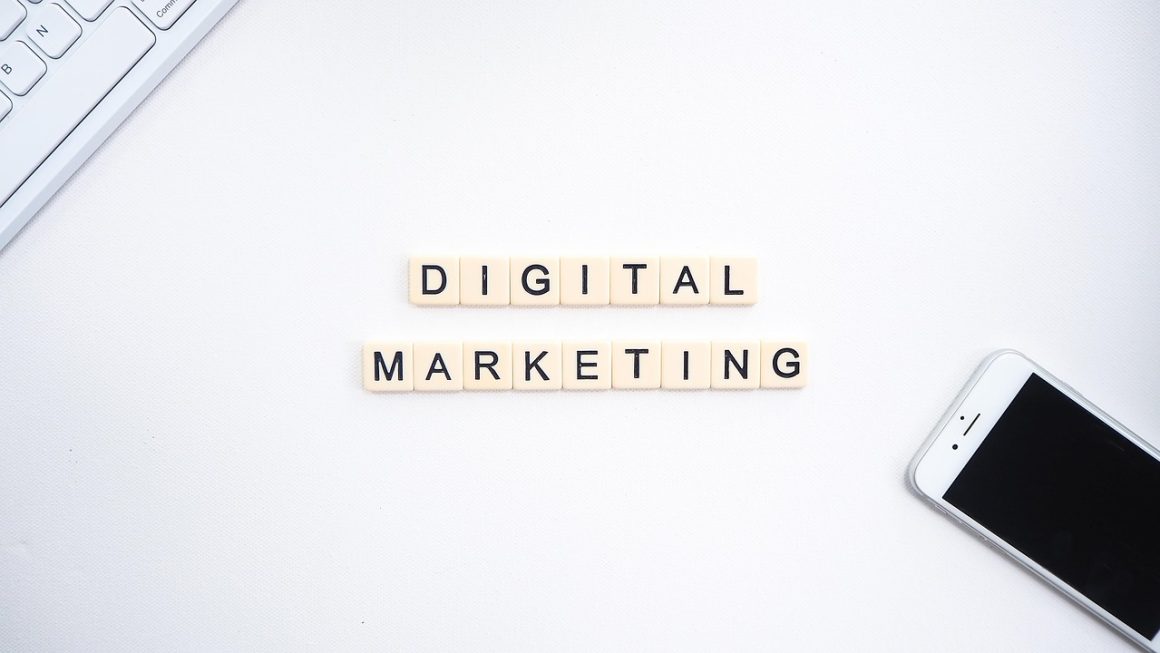Lead Generation: Fueling Your Sales Pipeline
- Introduction:
In today’s digital age, lead generation has become an essential cornerstone of business success. By generating qualified leads, businesses can establish a steady stream of potential customers, foster valuable relationships, and drive sales growth. This blog post delves into the intricacies of lead generation, providing practical tips and best practices to help you maximize your efforts and optimize your sales pipeline.
Defining Lead Generation
Lead generation is the process of identifying, attracting, and engaging with individuals who have a potential interest in your products or services. It involves capturing their contact information and nurturing them through the sales funnel until they become paying customers.
Types of Leads
- Transactional Leads: Individuals who are actively seeking a specific product or service.
- Nurturing Leads: Individuals who may not be ready to purchase immediately but have shown interest in your offering.
Strategies for Lead Generation
1. Content Marketing
- Create valuable content (blog posts, infographics, webinars) that addresses your target audience’s needs and interests.
- Utilize social media platforms to promote your content and engage with potential leads.
- Implement search engine optimization (SEO) to improve your content’s visibility and attract organic traffic.
2. Email Marketing
- Build an email list by offering valuable lead magnets (e.g., whitepapers, checklists).
- Craft targeted email campaigns that nurture leads and guide them through the sales funnel.
- Use email automation to streamline your communication and save time.
3. Social Media Marketing
- Establish a strong presence on relevant social media platforms where your target audience is active.
- Share engaging content, run targeted ads, and engage with followers to attract leads.
- Use social listening tools to monitor conversations and identify potential leads.
4. Paid Advertisements
- Run pay-per-click (PPC) campaigns on search engines and social media to reach a wider audience.
- Use targeted display ads to showcase your offerings to specific segments of your audience.
- Consider retargeting ads to re-engage individuals who have previously visited your website or interacted with your brand.
5. Referral Programs
- Incentivize existing customers to refer new leads to your business.
- Establish referral programs that offer rewards or discounts for successful referrals.
- Encourage customer advocacy by building a positive brand experience.
Lead Qualification and Nurturing
1. Lead Qualification
- Identify the ideal customer profile (ICP) based on demographics, firmographics, and behavior.
- Use lead scoring systems to assess the quality of leads and prioritize those most likely to convert.
2. Lead Nurturing
- Develop a lead nurturing strategy that provides value, builds relationships, and moves leads closer to conversion.
- Personalize communication and tailor content to the interests and needs of each lead.
- Implement marketing automation tools* to automate lead nurturing campaigns and track progress.
Conclusion
Lead generation is a continuous process that requires a multi-channel approach and a deep understanding of your target audience. By implementing the strategies outlined in this post, you can effectively generate a steady flow of qualified leads, nurture them through the sales funnel, and ultimately drive sales growth. Remember to continuously monitor your efforts, measure results, and adjust your approach as needed to optimize your lead generation efforts and maximize your return on investment.




